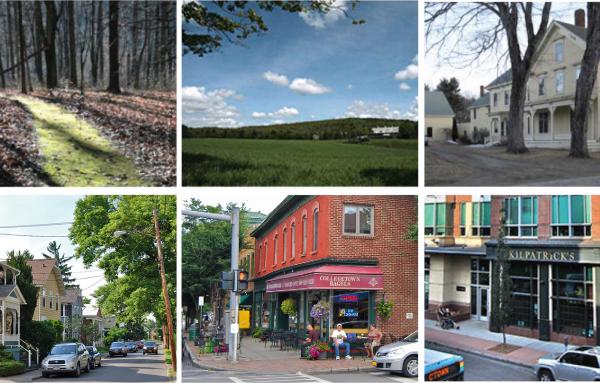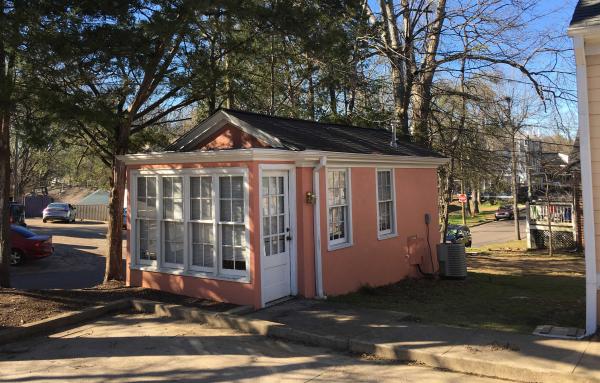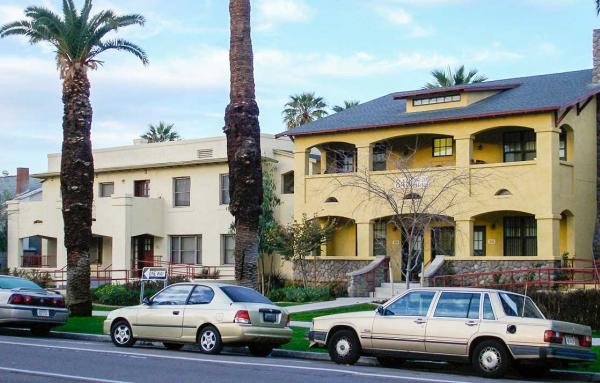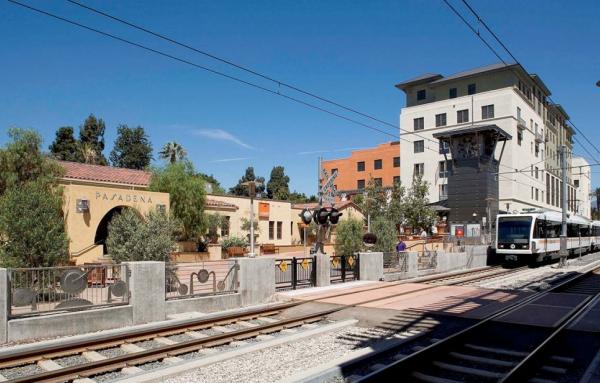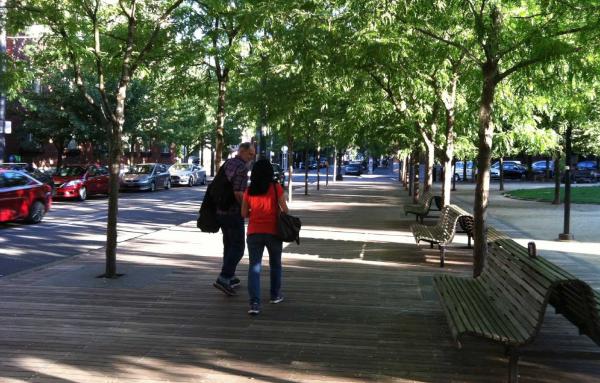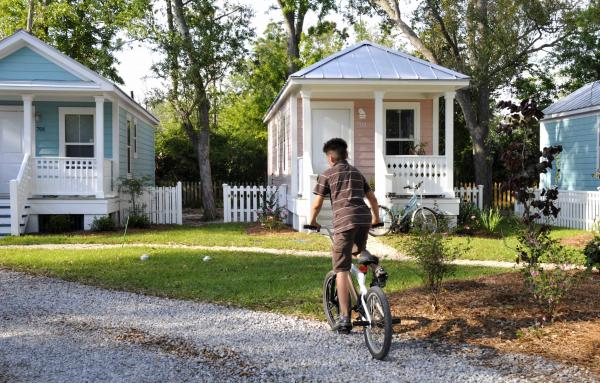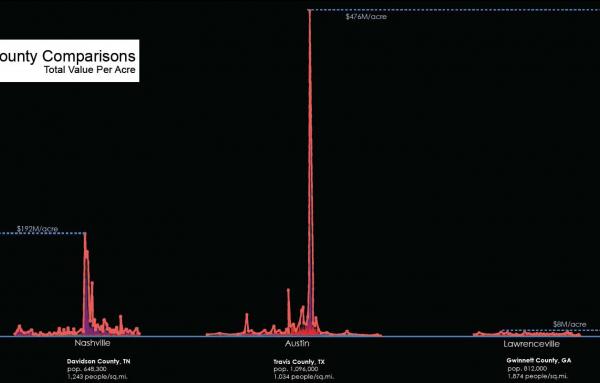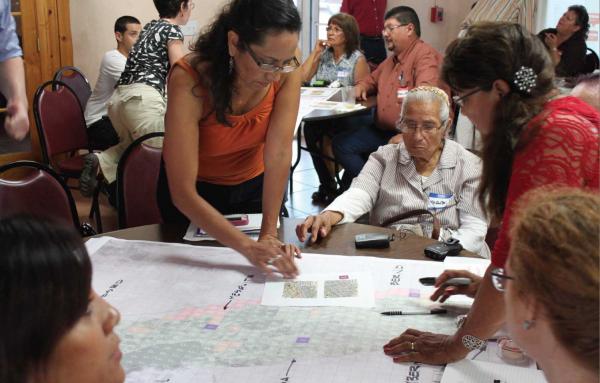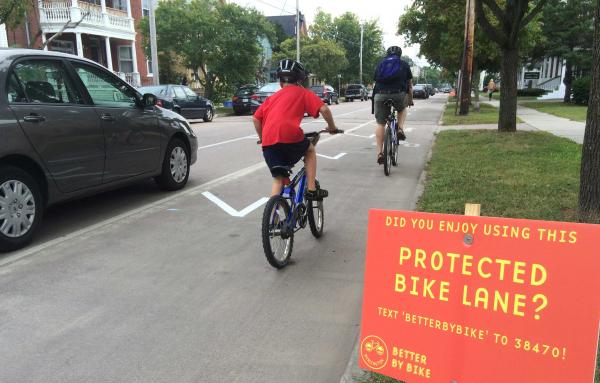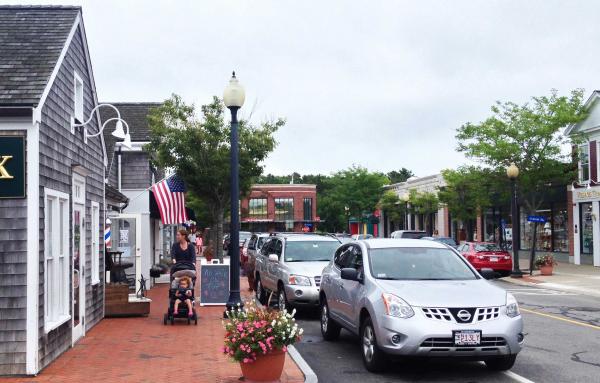great ideas
The New Urbanism brought the environmental transect methodology into planning and development of human-scale, complete communities. Now the human habitat can be analyzed as a continuum with the natural world.
Great places are built in small increments, and urbanists are restoring America's know-how and capacity for small-scale development by many individuals in their own communities. Do you want to be a small developer?
Creating holistic neighborhoods from scratch was one of the first and still effective strategies of the New Urbanism.
Increasingly in demand today, missing middle housing forms the backbone of the quintessential American neighborhood.
Transit-oriented development links transportation and land use—providing people with maximum choice in how to get around by intensifying activities near transit nodes with high quality public space.
"The prime ingredient of urbanism is really public space and the public realm. So the urban plan comes first and the building second."
In order to get good streets, you have to think beyond any single street—an idea that is at the core of New Urbanism. Dendritic networks lead to fragmented and dispersed land uses.
The cute Katrina Cottage has proven the versatility and usefulness of cottages that are designed to fit into complete neighborhoods.
Charles Marohn of Strong Towns and Joe Minicozzi of Urban3 have been sounding the alarm across America about the financial unsustainability of fragmented development patterns and conventional suburban infrastructure.
A time-compressed design process that gathers all of the stakeholders and practitioners together has great potential for creating more holistic communities, experts say.
The latest trend in urban design and planning gets them off of the paper and out of a big room, testing ideas in the real world. It is fun and hands-on, and making many converts.
Suburbs are becoming more diverse and connected to meet the needs of Americans of all ages in the 21st Century.
